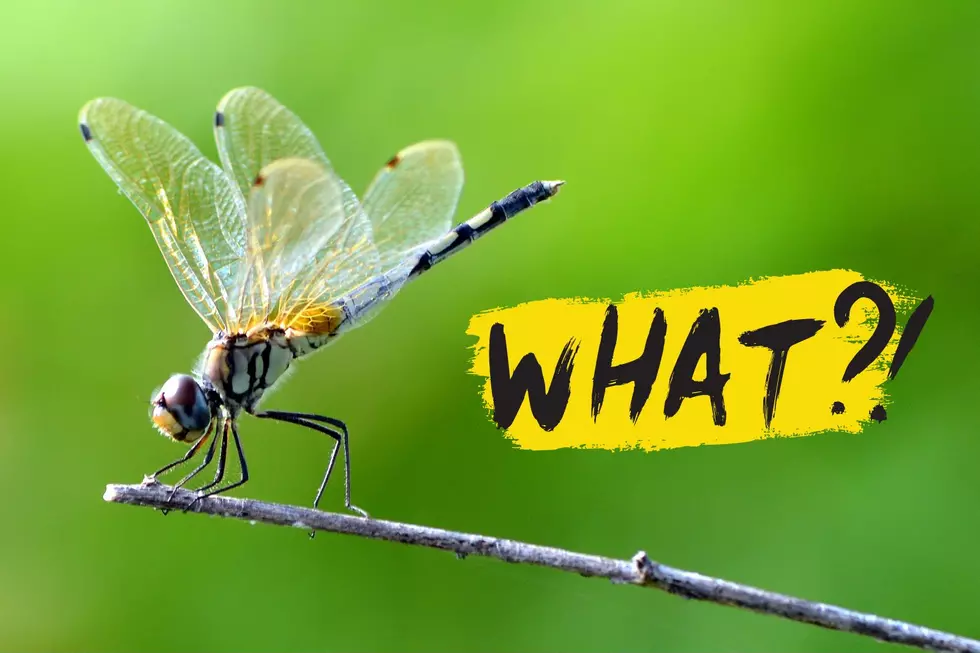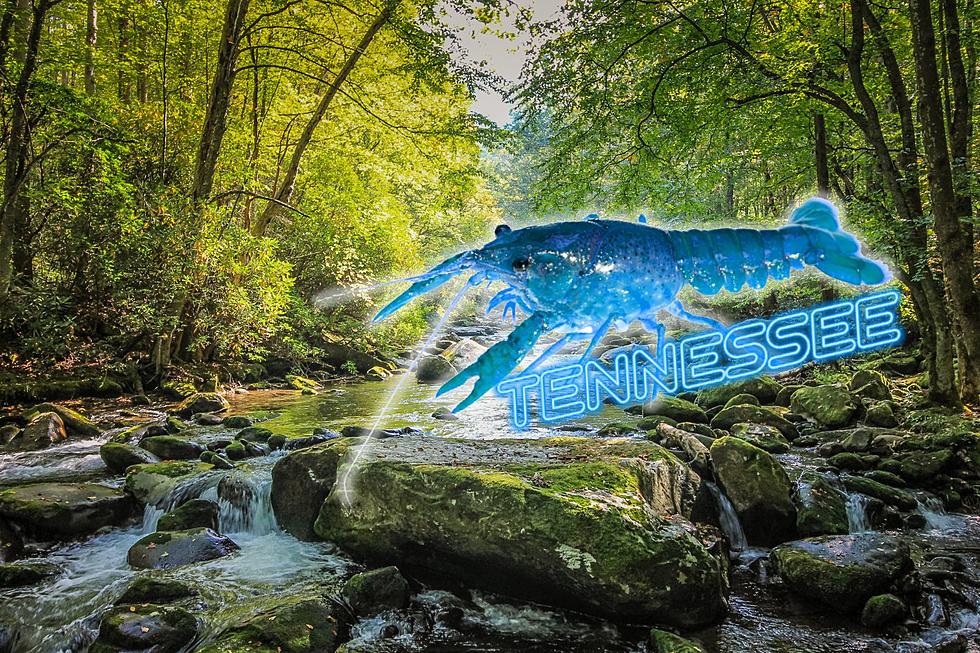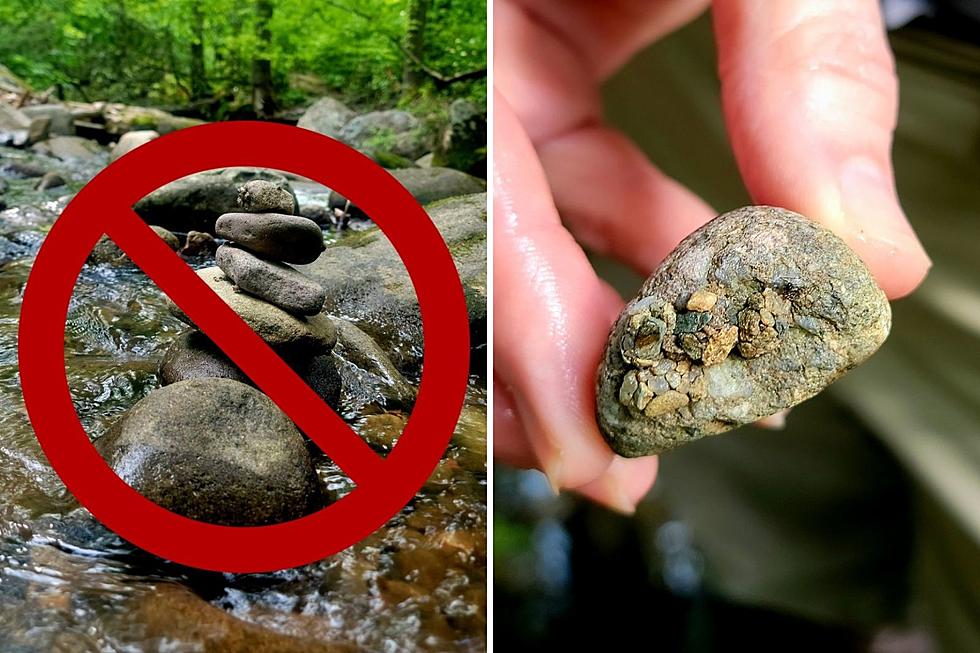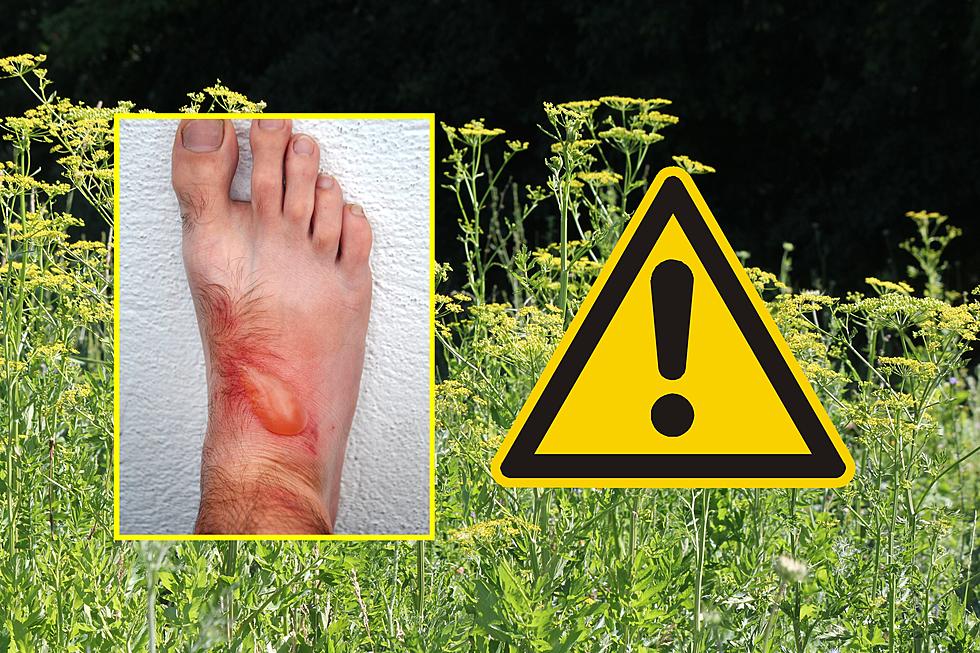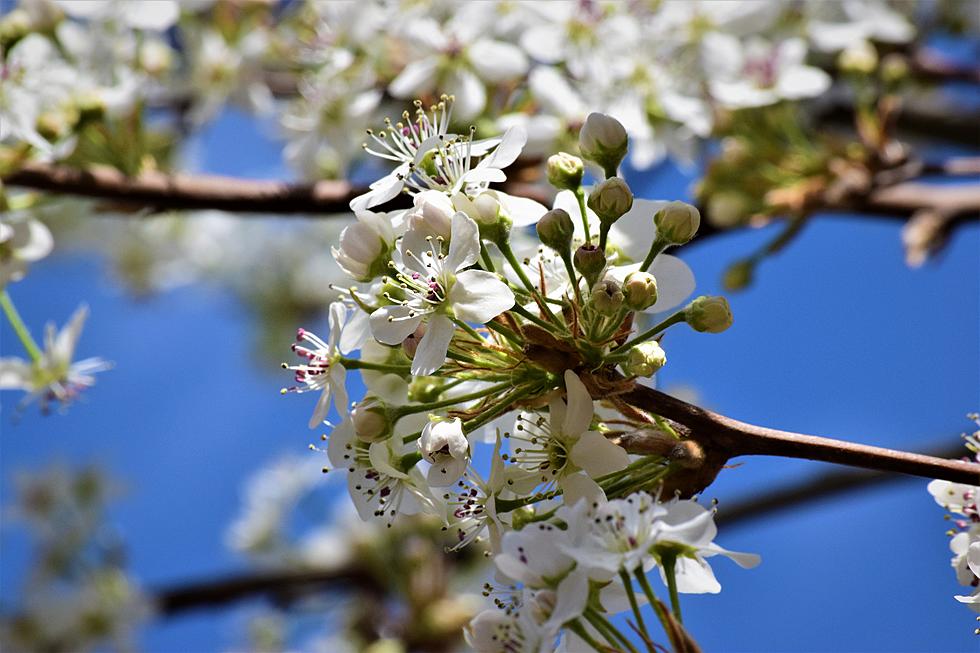
Before You Plant a Bradford Pear In Indiana Read This First
So there I was scrolling through Facebook today like I do every day in search of things to spark creative ideas for me to write about when I saw it - the opening words of a Facebook post that stopped my scroll in its tracks:
Can you smell rotting fish in the air this spring?
Those ten words caught my attention. Before I knew it, I had read the entire post from the Sycamore Land Trust and decided that I needed to share with you what I learned and perhaps even dissuade you from planting the tree that smells like rotting fish aka the Callery Pear or as it's more commonly known, the Bradford Pear.
Over the years I've heard horror stories about these trees, although this is the first time I've heard about the offensive fragrance of the Bradford Pear. I had always heard that they are terrible for this part of the country because we live in an area prone to severe weather, especially high winds.

While the mighty oak tree in your backyard has taken several decades to reach its towering size and strength to withstand midwestern winds, the Bradford Pear has been popular because it grows so quickly. Unfortunately, that rapid growth rate means that the trees are actually quite weak making them susceptible to being torn apart, or as someone once described it to me, "shredded," by high winds.
It turns out that not only is the Bradford Pear smelly and weak but it's also considered by many to be an invasive species in Indiana. According to the Sycamore Land Trust,
Overused by landscapers due to its showy blooms, fast growth, and upright stature, this tree is wreaking havoc on Indiana’s biodiversity by spreading rapidly to wild open spaces, where seeds from bird droppings and cross-pollination create monoculture landscapes of dense thickets with sharp thorns – sharp enough to puncture a tractor tire! – that choke out native species and diminish crucial habitat and food for pollinators.
There is even one Hoosier county that has offered homeowners a replacement tree free of charge if they will just cut down their existing Bradford Pear trees. So before you decide to plant a new tree in your yard, you might want to consider some other options and just skip right past the Bradford Pear.
The Sycamore Land Trust is located in Bloomington, Indiana and protects 117 properties spanning more than 10,000 acres all across southern Indiana. They also operate an Environmental Education Program that makes nature accessible to everyone. To learn more about the Sycamore Land Trust, visit them on Facebook.
LOOK: The most expensive weather and climate disasters in recent decades
How Many in America: From Guns to Ghost Towns
More From WDKS-FM


